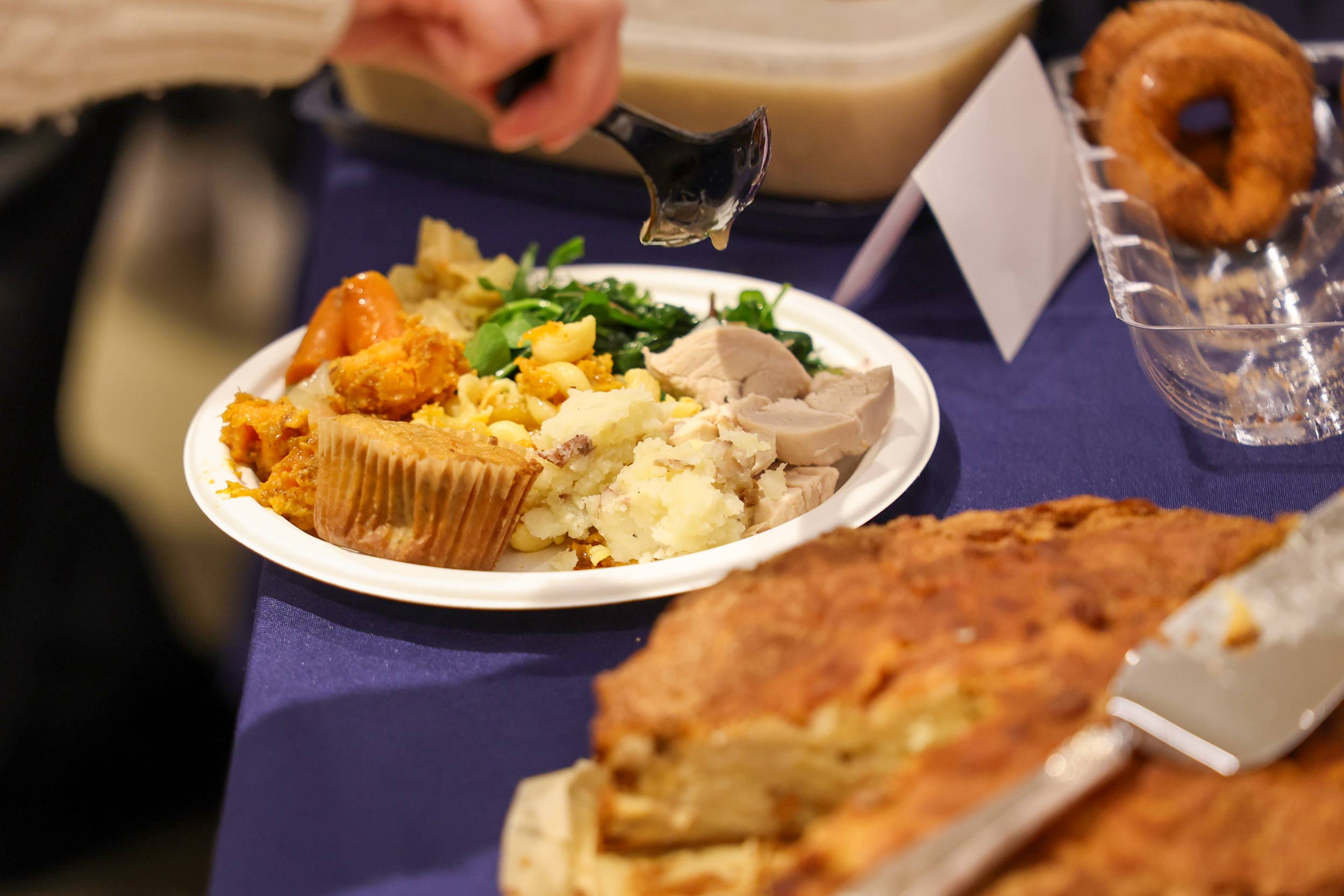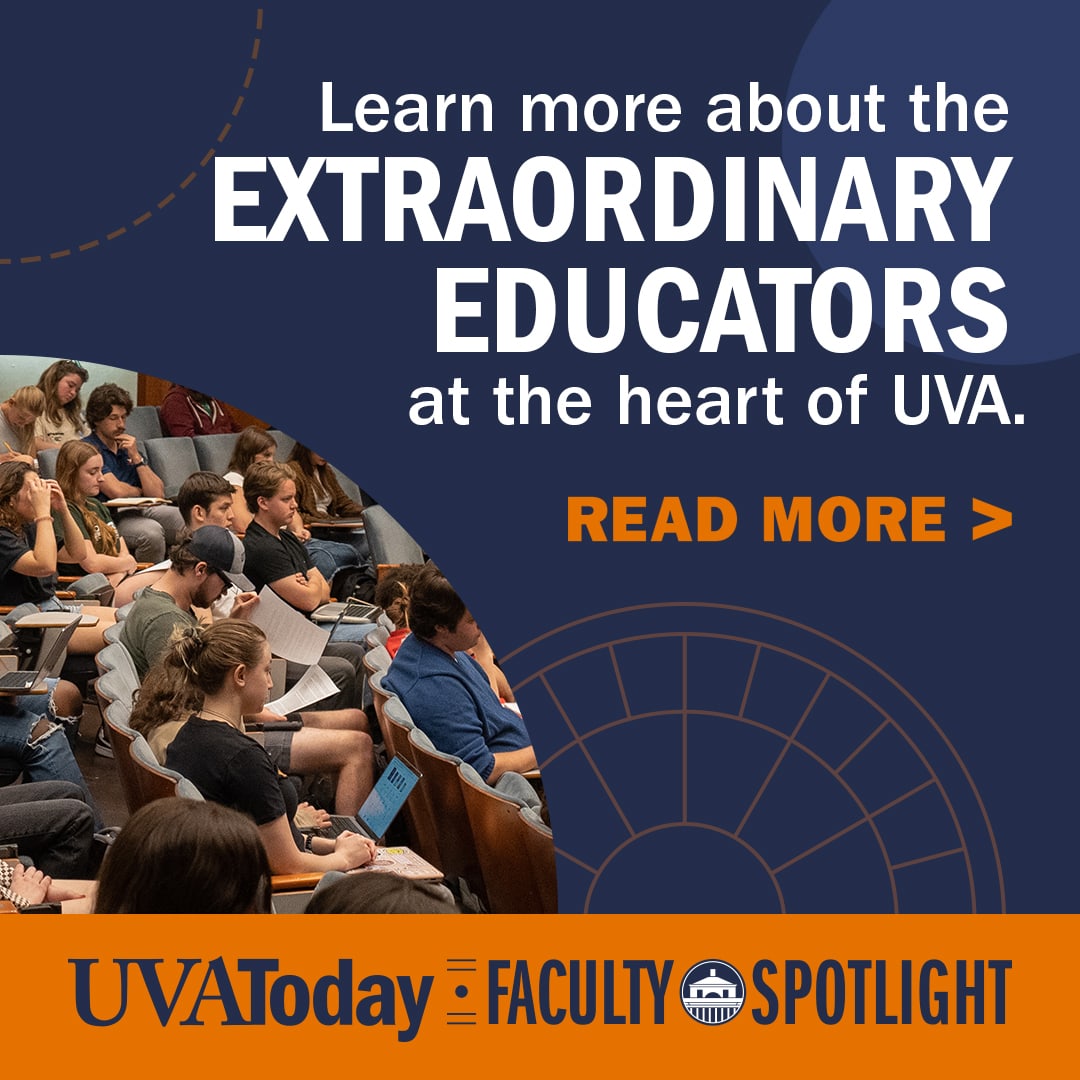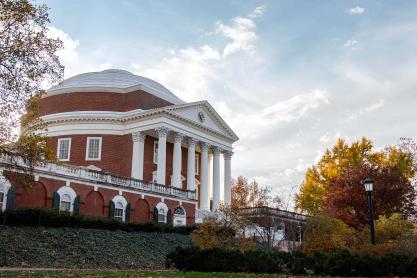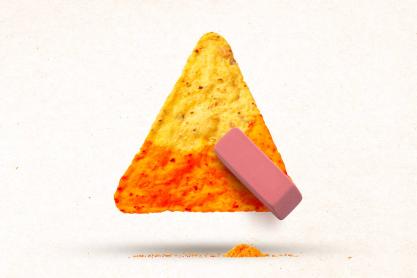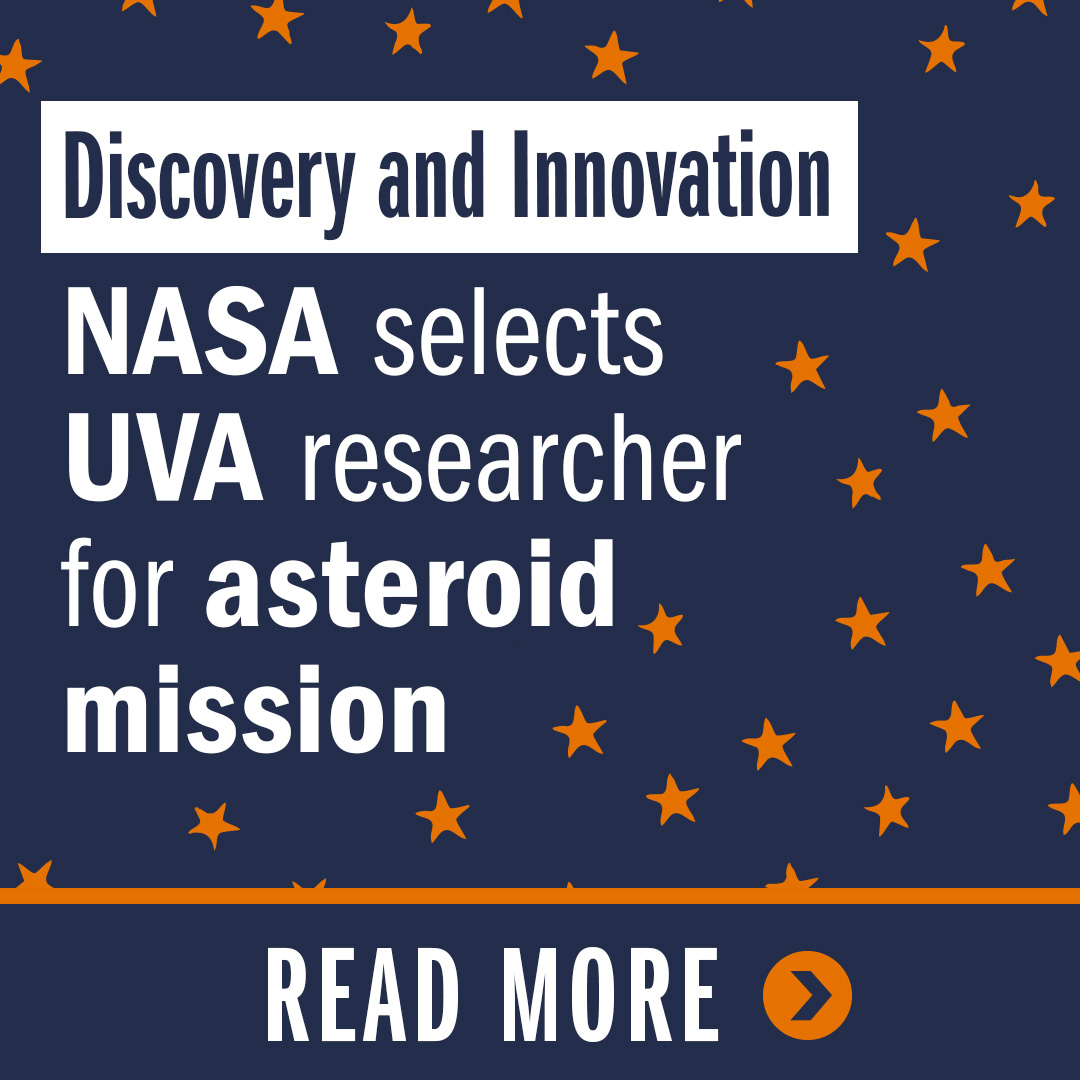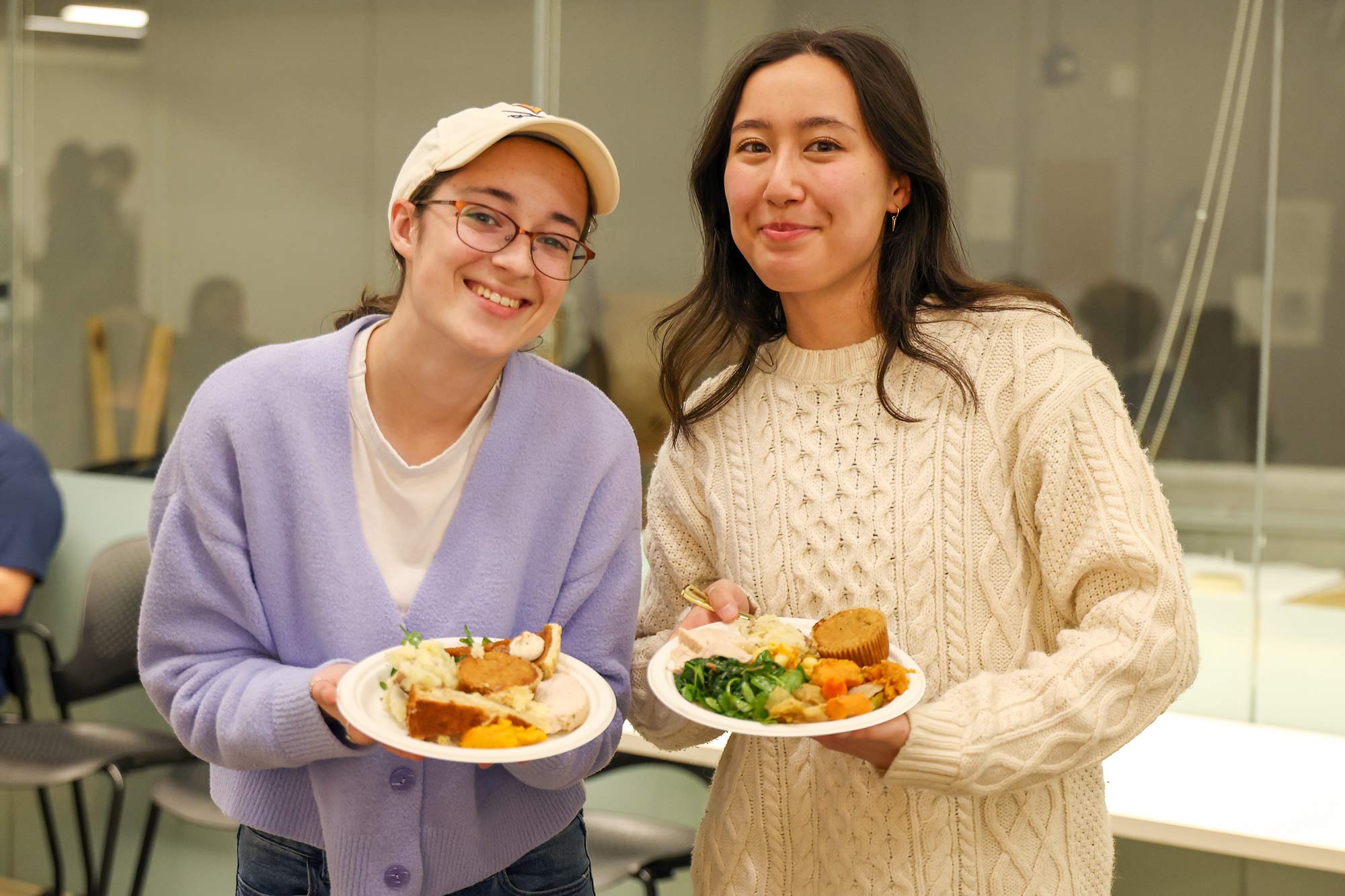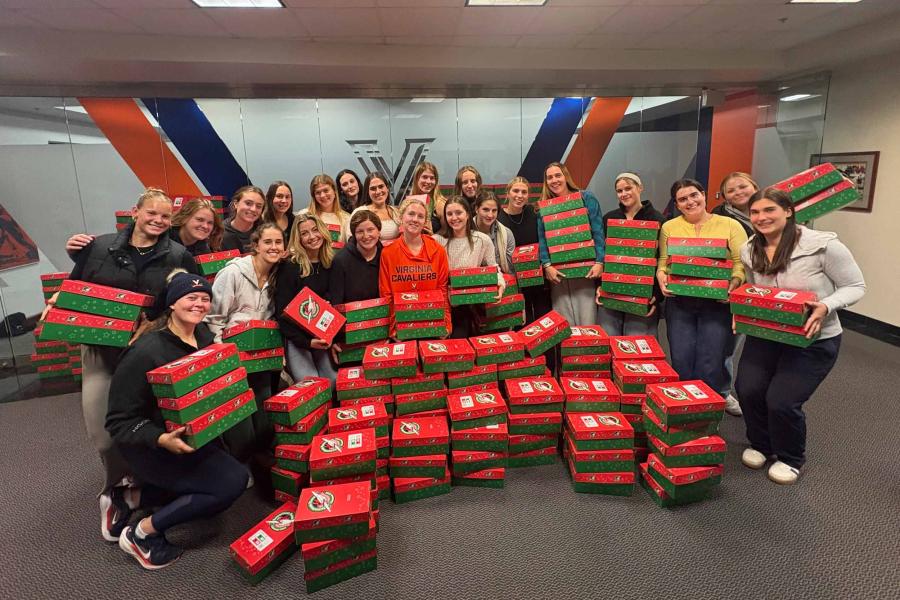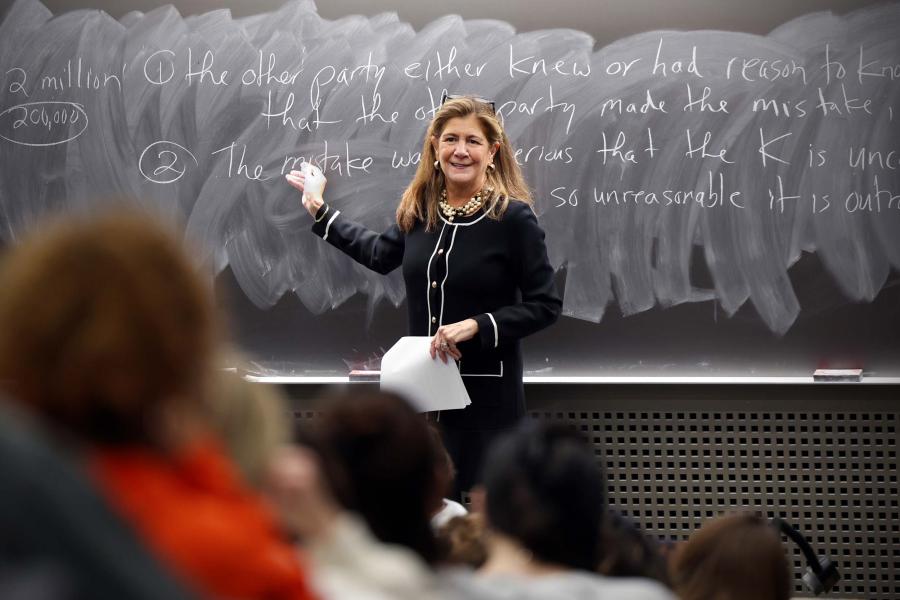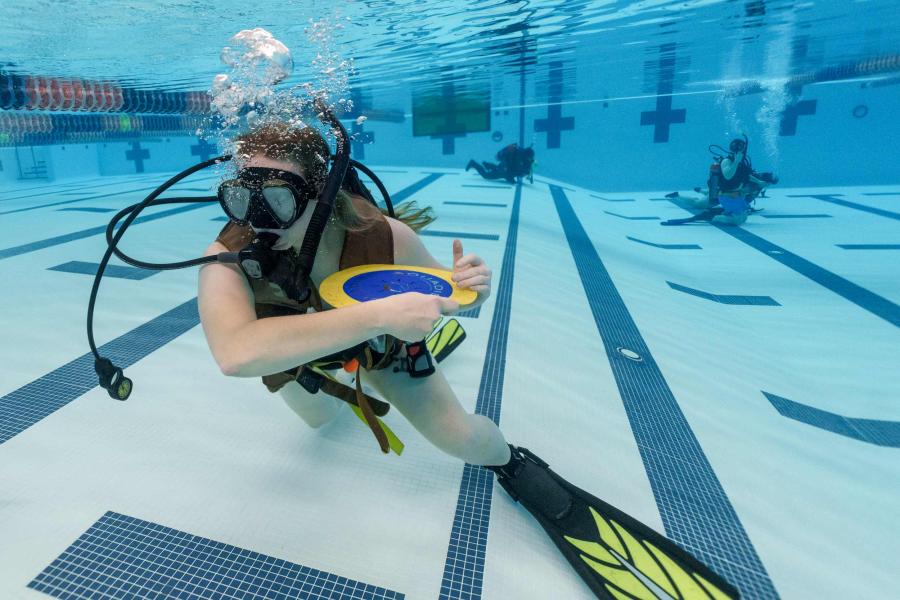This Thanksgiving dinner, much like the first one, is a local affair.
In what has become nearly a 20-year tradition, the Student Planners Association at the University of Virginia’s School of Architecture on Thursday hosted a “100-mile Thanksgiving dinner” for about 70 students and faculty.
Blue-clothed tables were set up in Campbell Hall’s Van Lengen Lobby, with a separate table arrayed with food that was largely locally sourced.
“Ideally, everything comes from within a 100-mile radius, but sometimes that simply isn’t possible on the time frame and budget of many students,” Leah Withers, a fourth-year urban and environmental planning major from Worcester, Massachusetts, said. “Oftentimes, dishes centrally feature a local item, but source other ingredients elsewhere, such as an apple pie with local apples but non-local flour in the crust. As long as the dish makes an effort to engage with local agriculture in the spirit of the event, we will accept it.”
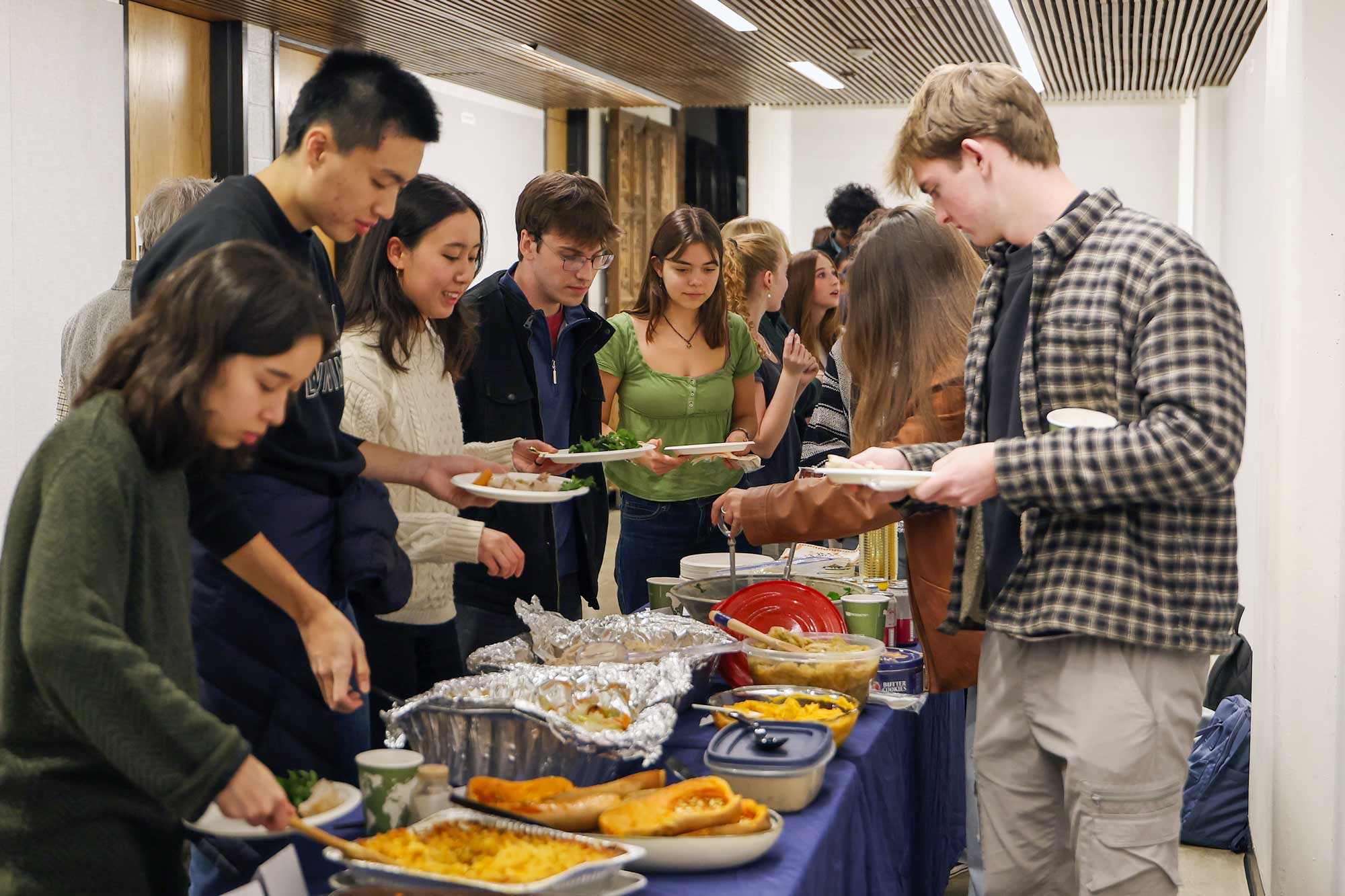
Architecture students line up on both sides of the buffet table to serve themselves food. (Photo by Matt Riley, University Communications)
Most guests were affiliated with the Architecture School, said Mai Friedman, a fourth-year urban and environmental planning major from Fairfax, one of the organizers of the gathering. “Those bringing a dish volunteer to do so, and they are welcome to bring whatever they would like to share.”
The side dishes included squash soup, home-baked bread, sweet potato casserole, macaroni and cheese, cabbage, carrots, and peppers cooked in a vegetable broth. Apple cake and mulled cider were also featured on the menu.
Students signed up online to attend, and the Student Planners Association provided two turkeys purchased from Tilman Turkeys of Charlottesville.
Logan Pfaff, a master’s student in urban and environmental planning, cooked the turkeys, one in his oven and one in a friend’s oven. The twin birds rested on beds of carrots, celery and onions.
